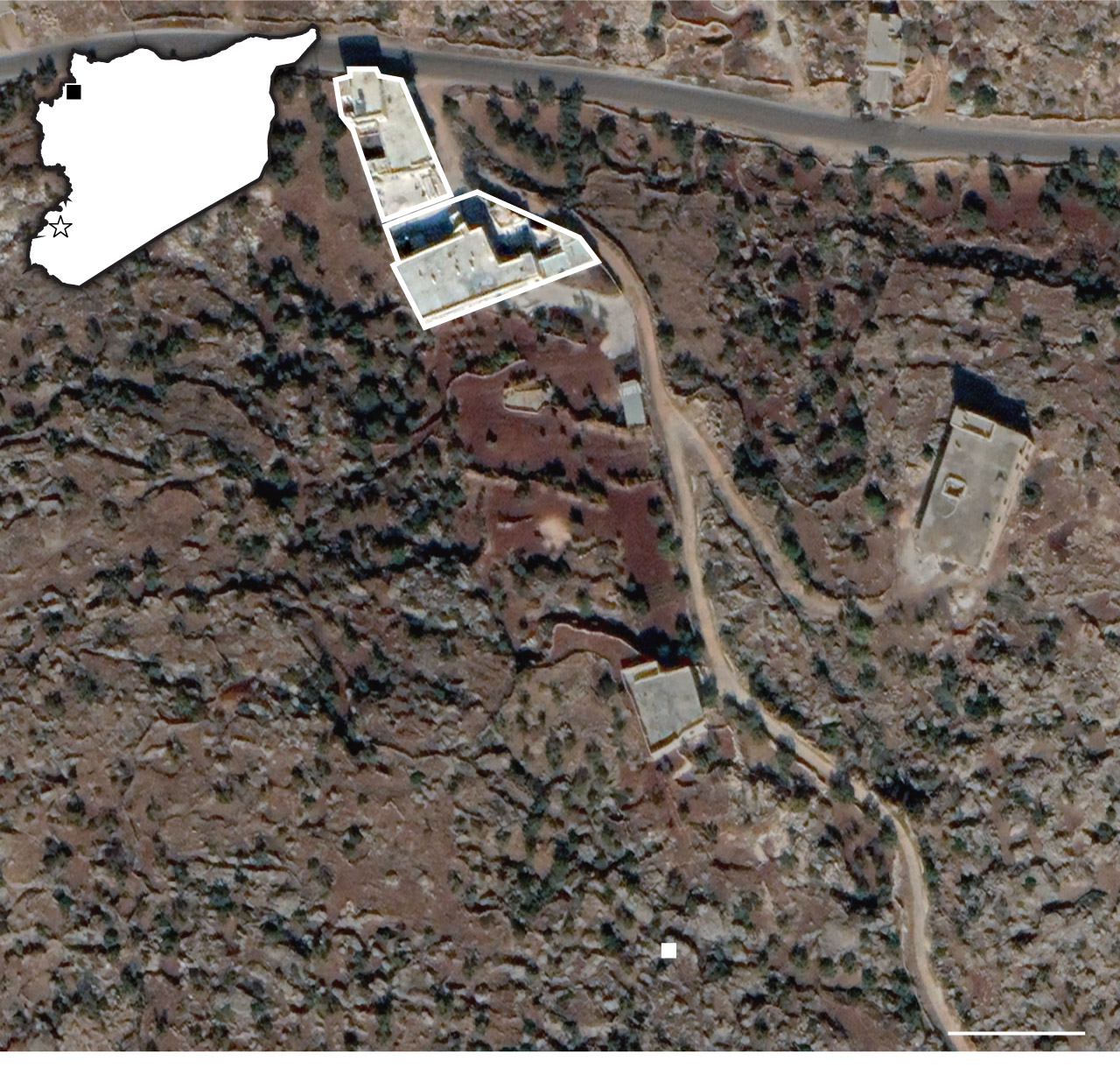The acknowledgment comes as terrorism experts and the dead man’s family have cast doubt on a Pentagon statement indicating the operation targeted a high-ranking militant in Syria
Lotfi Hassan Misto, 56, whose family identified him as the victim of a Hellfire missile attack on May 3, was a former bricklayer who lived quietly in this town in northwest Syria, according to interviews with his brother, son and six others who knew him. They described a kind, hard-working man whose “whole life was spent poor.”
The operation was overseen by U.S. Central Command, which claimed hours after the strike, without citing evidence or naming a suspect, that the Predator drone strike had targeted a “senior Al Qaeda leader.” But now there is a doubt inside the Pentagon about who was killed, two U.S. defense officials told The Washington Post.
“We are no longer confident we killed a senior AQ official,” one official said. The other, offering a slightly different view, said “Though we believe the strike did not kill the original target, we believe the person to be al-Qaeda.” Both spoke on the condition of anonymity to discuss preliminary determinations of an ongoing investigation into the incident.
In the weeks since the attack, U.S. military officials have refused to identify publicly who their target was, how the apparent error occurred, whether a legitimate terrorist leader escaped, and why some in the Pentagon maintain Misto was a member of al-Qaeda despite his family’s denials.
In a statement, Michael Lawhorn, a spokesman for Central Command, said officials are aware of reports of a civilian casualty and continue to assess the outcome.
“Centcom takes all such allegations seriously and is investigating to determine whether or not the action may have unintentionally resulted in harm to civilians,” Lawhorn said Thursday.
Typically the Pentagon will widen such investigations if enough credible evidence of civilian harm emerges, raising questions in this case about whether the information used to authorize the attack has held up to scrutiny.
Last year, facing accusations the military had covered up past instances of errant airstrikes that killed innocent people, the Biden administration vowed to take steps it said would reduce such risks while promising greater transparency when unintended killings do occur. Investigations conducted by multiple media outlets, including The Post, have revealed how flawed intelligence and what the military calls “confirmation bias” have led to disaster, including a 2021 strike during the U.S. evacuation of Afghanistan that officials initially declared had resulted in the death of a suicide bomber but instead killed 10 Afghan civilians, including seven children.
The Post provided four terrorism experts with details about Misto and where he lived and asked them to survey online discussions among jihadists after the strike for any talk about the attack in Qorqanya. None found references indicating Misto was affiliated with a terrorist group. And each said it would be very unusual for al-Qaeda — particularly a senior leader — to operate in any meaningful way near the area, which is controlled by a rival group that split from the organization years ago and now considers al-Qaeda an adversary.
The drone strike occurred near Misto’s home and chicken farm. The Post shared those coordinates with one of the U.S. defense officials, who said the location is near a “known area of interest” to al-Qaeda but declined to specify which building or buildings were of concern to the United States. Misto’s neighbors told The Post that terrorists do not live or operate near the home.

Qorqanya
Lotfi Hassan Misto’s home
SYRIA
Damascus
Chicken farm
Strike location
100 FEET
Satellite image © 2023 Maxar Technologies via Google Earth
THE WASHINGTON POST
It is unclear whether American commanders overseeing the strike realized Misto lived close by, and whether his home’s proximity to the “known area of interest” to al-Qaeda was a factor in their belief that he was a militant.
The Post obtained images showing Misto’s face before and after his death and provided those to Central Command. Officials, there have not said whether they believe he is the man killed in the strike. Two facial recognition experts who reviewed the imagery said they were confident it showed the same person, with one expert’s analysis reaching 90 percent certainty. A third found inconclusive results.
Details about what transpired before and after the U.S. attack were gathered from interviews with Misto’s family and neighbors and images provided by the Syrian Civil Defense, a humanitarian response group often referred to as the “White Helmets” that responded to the strike location within minutes.
Misto’s neighbors described his routines of drinking tea with family and friends, tending to his animals, and leaving home mostly to pray at his mosque. He was a traditional Muslim, they said and did not own a phone.
The morning of May 3 was unremarkable, his son Hassan said. Misto gathered with family at about 7:30 a.m. “We had breakfast that morning like there was nothing wrong. We had breakfast and everything was fine, and then he went to herd his sheep,” the son recalled.
